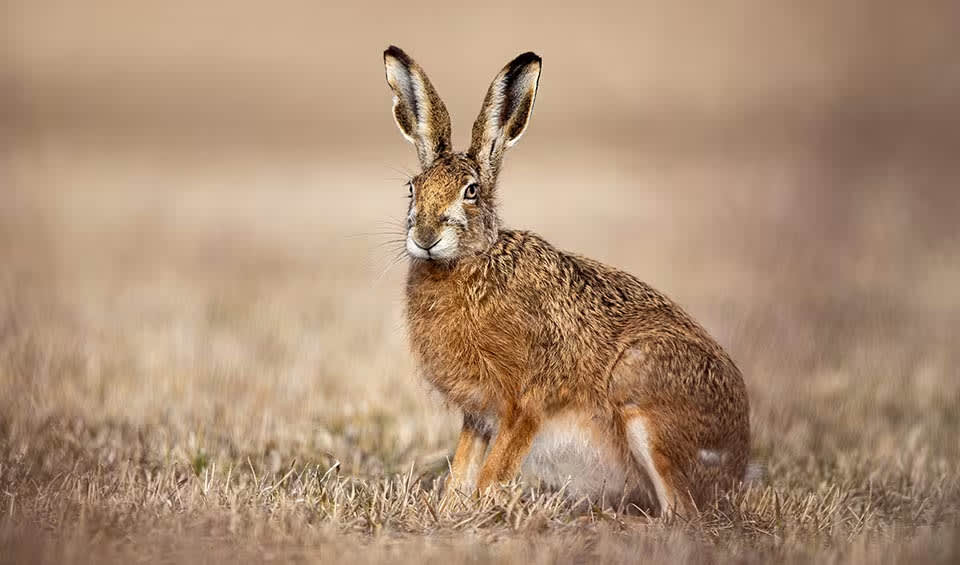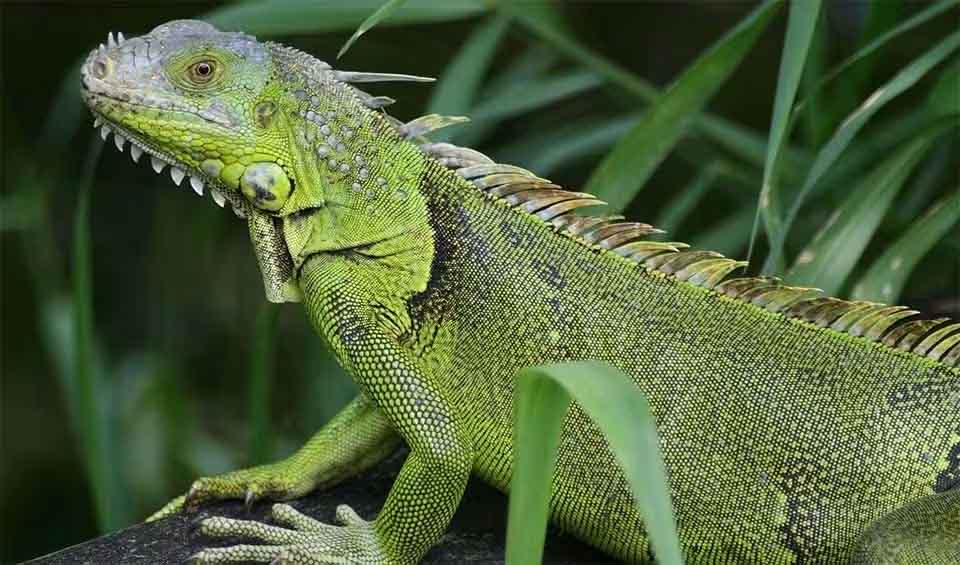This tropical paradise, comprising the main island of Grenada and smaller surrounding islands like Carriacou and Petite Martinique, offers an enchanting blend of lush rainforests, pristine beaches, and aromatic spice plantations. It is located in the southeastern Caribbean, Grenada, which lies north of Trinidad and Tobago and south of Saint Vincent and the Grenadines. The island features a diverse terrain with volcanic mountains, rolling hills, and coastal plains. Grenada enjoys a tropical climate characterized by warm temperatures year-round. The abundant rainfall and fertile volcanic soil support a variety of ecosystems, from rainforests to mangroves.
Grenada’s landscapes are incredibly diverse and picturesque. The coastline has stunning beaches, such as Grand Anse Beach, renowned for its soft white sand and clear turquoise waters. Waterfalls, like Annandale and Seven Sisters, cascade through the lush greenery, adding to the island’s natural charm. The island’s spice plantations, growing nutmeg, cinnamon, and cloves, fill the air with their distinctive aromas, contributing to Grenada’s moniker.
Four pillars elaborated:
Grenada has established several protected areas to preserve its natural heritage. The Grand Etang National Park and Forest Reserve is a critical conservation area that protects the island’s rainforests and watersheds. The Levera National Park, located in the northeastern part of the island, safeguards coastal ecosystems and provides nesting grounds for leatherback turtles. Conservation efforts in Grenada focus on sustainable tourism, environmental education, and protecting endangered species. Land Management
Land Management
Grenada’s biodiversity faces several significant threats across its forests, agriculture, wildlife, marine, coastal, and freshwater ecosystems. Forest biodiversity is primarily threatened by land clearing for agriculture, housing, infrastructure, commercial activities, and natural disasters such as hurricanes, fires, and pest infestations. Agricultural biodiversity suffers from changing land use, habitat loss, soil erosion, siltation of rivers and coral reefs, and the impact of natural disasters, pesticides, and invasive species. Wildlife species are endangered by habitat destruction, unsustainable hunting, lack of public education, enforcement, monitoring, and adequate legislation, along with invasive species. Threats to Biodiversity
Threats to Biodiversity
Marine and coastal ecosystems are threatened by overexploitation, pollution, beach sand mining, poaching, habitat destruction, and unsustainable farming and fishing practices. Freshwater ecosystems are compromised by improper waste disposal, overexploitation, unsustainable agricultural practices, saline intrusion, deforestation, and invasive species. These combined threats underscore the urgent need for comprehensive conservation efforts.
Grenada, along with seven other Caribbean countries, has joined the Caribbean Challenge Initiative (CCI) to expand and consolidate the network of protected areas in the region, with a commitment to conserving 20% of their resources by 2020. Six new protected areas are in the process of being formally adopted through relevant legislation after a biodiversity study. Legislation prohibiting hunting within the reserve has also been enacted. The country is involved in Sustainable Land Management Projects, including the OECS Protected Areas and Associated Livelihoods (OPAAL) projects, Sustainable Land Management (SLM) project, and the Integrated Water Resources and Coastal Area Management Plan to strengthen ecosystem management. Capacity and Governance
Capacity and Governance
Grenada has also implemented disaster risk reduction strategies and is progressing with the implementation of the tourism master plan. Ongoing projects encompass mangrove restoration, asbestos management, and national forest management, among others.
Grenada has committed to the ambitious goal of protecting at least 30% of its land and sea by 2030, aligning with the global “30×30” conservation target. This plan aims to secure the future of Grenada’s rich biodiversity and contribute to sustainable development. The country’s overarching strategic plan, the NSDP, anchors its development agenda around sustainable practices, recognizing the importance of biodiversity conservation and outlining strategies for achieving the 2030 target. Future Trends
Future Trends
Biodiversity
Grenada’s lush rainforests, particularly in the Grand Etang Forest Reserve, are home to a variety of plant and animal species. The island’s forests are dominated by tropical hardwoods, palms, and flowering plants and ferns. The Grand Etang Lake, a crater lake located in the center of the reserve, adds to the unique ecological diversity of the area. These forests support wildlife such as the Grenada dove, an endangered species endemic to the island, and the Grenada hook-billed kite, another bird unique to Grenada. Other bird species include the Antillean crested hummingbird and the broad-winged hawk.Its coastal areas are lined with mangrove forests and seagrass beds, which are crucial for the health of marine ecosystems. These habitats provide nurseries for fish, crustaceans, and other marine life and help protect the coastline from erosion. The mangroves are also important feeding and nesting grounds for bird species. The coral reefs surrounding Grenada are rich in marine life, making them popular for diving and snorkeling. The reefs are home to a variety of coral species, colorful fish, sea turtles, and invertebrates. Notable marine species include the hawksbill turtle, the green turtle, and the leatherback turtle, which nest on the island’s beaches. The waters around Grenada are also inhabited by dolphins and occasionally by whales.
In the table below are the number of known species in several main groups, how many of these species are Threatened with extinction, and how many of them are Endemic (unique to Grenada only):
| Species (World rank) |
Threatened | % Threatened | Endemic | % Endemic | |
|---|---|---|---|---|---|
| Mammals | 41 (#166) | 3 | 7.3% | 1 | 2.4% |
| Birds | 112 (#190) | 2 | 1.8% | 1 | 0.9% |
| Reptiles | 35 (#134) | 7 | 20.0% | 16 | 45.7% |
| Amphibians | 5 (#162) | 1 | 20.0% | 2 | 40.0% |
| Fishes | 496 (#120) | 37 | 7.5% | 1 | 0.2% |
| Plants | 1,101 (#171) | 3 | 0.3% |
mammals
Common bottlenose dolphin
Known for their acrobatic leaps, twisting and turning gracefully as they jump completely out of the water
European hare
Unlike rabbits, they don’t live in burrows, instead, they make shallow nests in the grass called forms
birds
Jabiru
One of the tallest flying birds of Americas
Scarlet ibis
The flocks of this striking self-descriptive bird are a sight to behold
Anhinga
Their neck vertebrae have a hinge mechanism that allows it to dart its long neck and pierce its prey quickly
reptiles
Leatherback sea turtle
The mysterious diver of the ocean is the largest and only sea turtle without a hard shell and scales
Hawksbill sea turtle
Its slender frame and narrow head bear a beak curved like a hawk’s, earning this marine marvel its name
Green iguana
From the US down to Brazil, this trans-American lizard is the most common iguana
National Animals
Nine-banded armadillo
Found all over the Americas, it is the most widespread species of all armadillos













